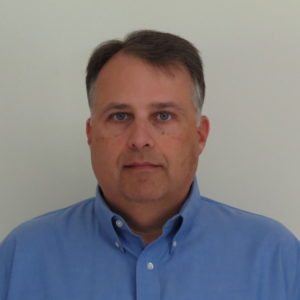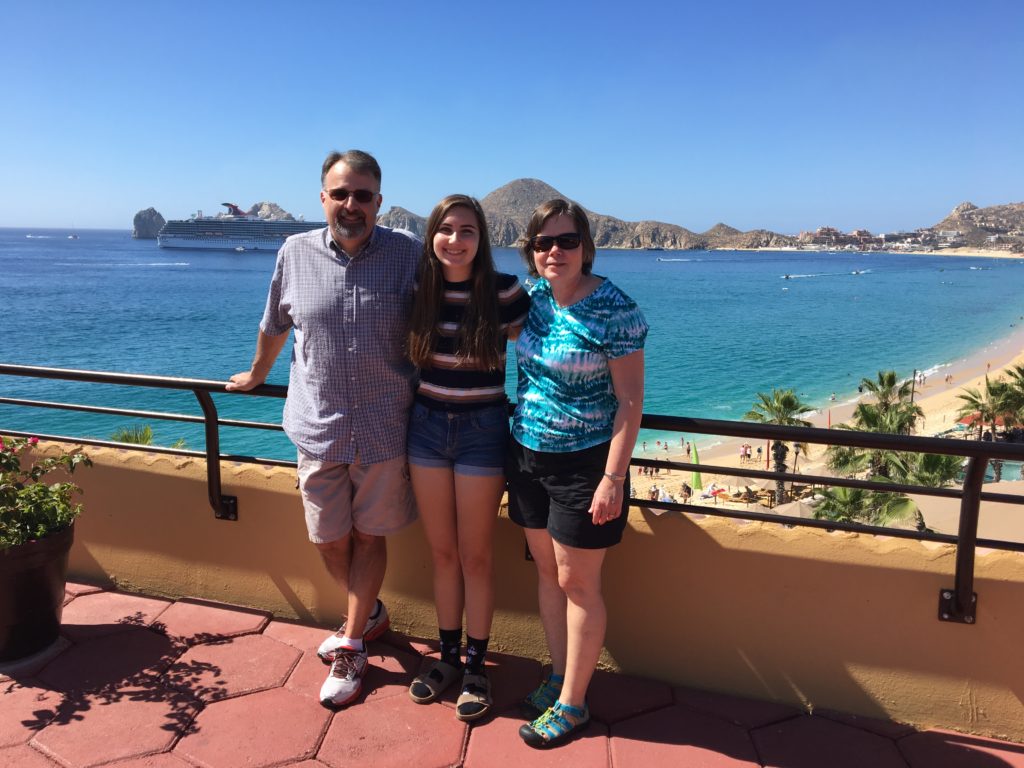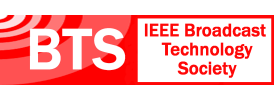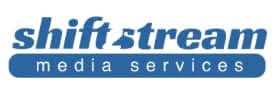- About
- Members
- Sponsors
- Subcommittees
- About Our Subcommittees
- Technology Group 3
- Implementation Team 1 – Advanced Emergency Information
- Implementation Team 2 – India
- Implementation Team 3 – ATSC 3.0 Conformance
- Implementation Team 4 – Brazil
- Implementation Team 5 – Tower Network
- Implementation Team 7 – Caribbean
- Implementation Team 8 – Automotive
- Planning Team 4 – Future Broadcast Ecosystem Technologies
- Planning Team 5 – Automotive Applications
- Planning Team 6 – Global Recognition of ATSC 3.0
- Planning Team 9 – Sustainability
- Technical Documents
- News
- Events
- Spotlight ATSC 3.0
- Contact Us
- Member Login
- Member Meetings
- Advanced Search
Search Site
Member Links
- About
- Members
- Sponsors
- Subcommittees
- About Our Subcommittees
- Technology Group 3
- Implementation Team 1 – Advanced Emergency Information
- Implementation Team 2 – India
- Implementation Team 3 – ATSC 3.0 Conformance
- Implementation Team 4 – Brazil
- Implementation Team 5 – Tower Network
- Implementation Team 7 – Caribbean
- Implementation Team 8 – Automotive
- Planning Team 4 – Future Broadcast Ecosystem Technologies
- Planning Team 5 – Automotive Applications
- Planning Team 6 – Global Recognition of ATSC 3.0
- Planning Team 9 – Sustainability
- Technical Documents
- News
- Events
- Spotlight ATSC 3.0
- Contact Us
- Member Login
- Member Meetings
- Advanced Search
Someone You Should Know Joe Seccia, GatesAir
Posted on September 5, 2017 in ATSC News
 Joe Seccia, Manager of TV Transmission Market and Production Development for GatesAir, has two decades of projects under his belt as a key contributor to ATSC technologies. His primary focus for the new standard is with the Physical Layer S32 specialist group, but Seccia started as a design engineer working on ATSC 1.0 to develop a method to connect the studio multiplexer’s output with the transmitter’s input.
Joe Seccia, Manager of TV Transmission Market and Production Development for GatesAir, has two decades of projects under his belt as a key contributor to ATSC technologies. His primary focus for the new standard is with the Physical Layer S32 specialist group, but Seccia started as a design engineer working on ATSC 1.0 to develop a method to connect the studio multiplexer’s output with the transmitter’s input.
“Engaging in the need for such a standard ultimately led to the development of the SMPTE-310M interface where I met many fellow ATSC contributors who are still active today,” he says. “As time marched on, I participated in the RF improvement task force, Enhanced-VSB and the development of the ATSC M/H standard. As those mobile/handheld efforts based on ATSC 1.0 were winding down, the ATSC was ramping up the thought process for something completely new, which we now know as ATSC 3.0.”
A Young Interest Blossoms in to a Career
Seccia was intrigued by “ham” radio as a teenager, an interest that sparked his interest in radio communications in college, after which he began his career at Harris Corporation’s Broadcast Division. Joe went on to pursue a master’s degree in electrical engineering, but chose to switch learning more about digital signal processing, at an opportune time with advent of digital broadcast television.
“Harris had started development of an ATSC digital TV modulator/exciter even before the ATSC 1.0 standard was finished. Given my master’s work in the area, I had the opportunity to join the development team. As development moved to commercial deployment, we often were requested to do demonstrations of various levels,” Seccia recalls. “In the very early days, we didn’t yet have an interface standard (which eventually became SMPTE-310M). I worked on the input side, so I often drew the short straw to travel or to go make the demo work. That experience gave me a lot of opportunities to meet and talk with broadcasters, and that was very valuable and enjoyable.”
Broadcasting’s Evolution with ATSC 3.0
Seccia admits the broadcast industry has been transformed during his career, but he believes it still maintains some of its roots. He believes ATSC 3.0 does a good job bridging the past to the industry’s evolution.
“ATSC 3.0’s state-of-the-art physical layer architecture combined with the same IP based media foundations used in streaming, OTT (over-the-top) services position the broadcast industry to compete head-to-head and not be relegated to ‘appointment viewing’ of the past, and only the recent past, really.”
He believes the new standard’s bundling feature make it most compelling. “DVB has had the power of multiple physical layer pipes for some time now with the T2 standard. The HEVC video codec has been with us a couple of years and we’ve had IP-based packaging of video information for a while,” he explains.
Thinking on the Country Road
Seccia and his wife, Nancy, have been married for 20 years and have a 16-year-old daughter.
Having grown up in the “rugged” Upper Peninsula of Michigan, he developed an affinity for outdoor activities such as deer hunting, which he still enjoys today along with hunting Ruffed Grouse in the cool, crisp air of the fall. “Nothing’s more exciting than having a bird like that flush and require your quick reaction and good shot to get it,” he says, looking ahead to the Oct. 14 start of the Ruffed Grouse hunting season in his native Ohio.
Seccia also likes to get out on the open road like his road trip to Utah to see many National Parks and enjoy a monsoon rain on his way to the Grand Canyon. “It is said that Harris’ late Senior Scientist Hilmer Swanson used to do his best thinking while on his tractor. I seem to do mine when I’m out carving up a country road on my motorcycle,” he says with a wide grin.
Posted in ATSC News
News Categories
News Archives
Subscribe
Subscribe to The Standard, our monthly newsletter. Learn More
Join ATSC
ATSC is a membership organization with both voting and observer categories. Voting members include corporations, nonprofit organizations, and government entities, and they participate actively in the work of ATSC. Observers are individuals or entities not eligible to be a voting member.
Subscribe to our Newsletter
Subscribe to The Standard, our monthly newsletter, to stay up-to-date with ATSC news and events around the world.
Site Links
Contact Us
Advanced Television Systems Committee, Inc.
1300 I Street NW, Suite 400E
Washington, DC 20005
Do you have questions about ATSC?
About ATSC
The Advanced Television Systems Committee, Inc., is an international, non-profit organization developing voluntary standards and recommended practices for digital terrestrial broadcasting. ATSC member organizations represent the broadcast, broadcast equipment, motion picture, consumer electronics, computer, cable, satellite, and semiconductor industries. ATSC also develops digital terrestrial broadcasting implementation strategies and supports educational activities on ATSC standards.
© 2024 ATSC






































